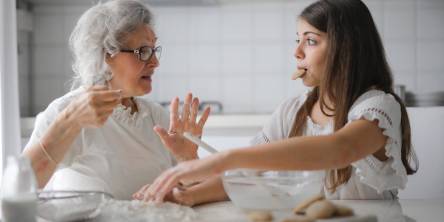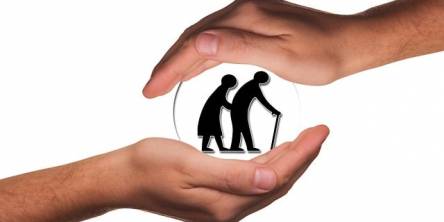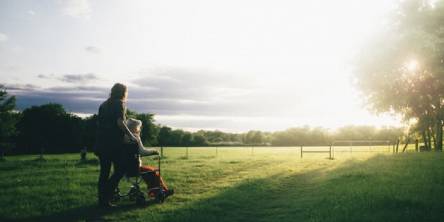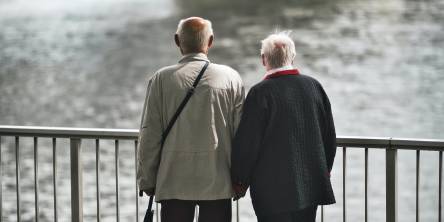Smart Home Modifications to Improve Elderly Safety in 2025
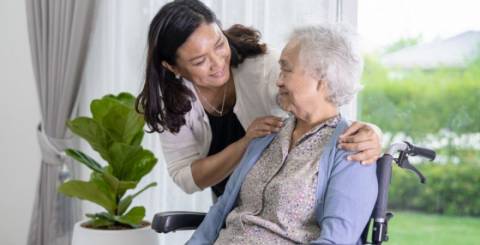
As Australia’s ageing population continues to grow, ensuring home safety for elderly individuals has become a top priority. Many older adults prefer to age in place, maintaining their independence while staying in familiar surroundings.
However, traditional home designs often lack the necessary safety features to accommodate reduced mobility, balance issues, and cognitive changes that come with aging. This is where smart home modifications play a crucial role, integrating technology and accessibility solutions to create safer and more comfortable living spaces.
Why Smart Home Modifications Matter
Falls remain one of the leading causes of injury hospitalisations for older Australians, with thousands of hospitalisations each year due to preventable accidents. In addition, age-related challenges such as arthritis, impaired vision, and slower reaction times can make everyday tasks more difficult. By investing in strategic home modifications, families and caregivers can significantly reduce risks while enhancing independent living for seniors.
Key Smart Home Upgrades for Elderly Safety
1. Automated Lighting and Motion Sensors
Poor lighting increases the risk of trips and falls, especially at night. Upgrading to motion-activated lighting in hallways, bathrooms, and staircases ensures that elderly individuals never have to fumble for switches in the dark. Other effective lighting solutions include:
- Smart bulbs with adjustable brightness for reducing glare for those with sensitive vision.
- Voice-activated lighting systems for hands-free operation.
- Night lights with automatic dimming for safe navigation at night.
2. Fall Prevention Flooring and Stair Safety
Slippery floors and unstable surfaces pose serious hazards. To improve safety, homeowners can implement:
- Non-slip flooring materials such as textured vinyl or rubber.
- Low-pile carpeting, which reduces tripping risks.
- Stair lifts and handrails for safer mobility in multi-level homes.
Smart flooring technology is also emerging, with pressure-sensitive floor sensors that can detect sudden falls and alert caregivers in real time.
3. Voice-Controlled and Remote-Access Systems
Seniors with mobility limitations may find it difficult to reach switches, knobs, or even phones. Smart home assistants, such as Google Home or Amazon Alexa, allow voice-activated control over essential household functions, including:
- Adjusting thermostats and air conditioning.
- Controlling doors, curtains, and windows.
- Making emergency calls or setting medication reminders.
These systems not only enhance convenience but also ensure that elderly individuals remain connected and safe without unnecessary physical strain.
4. Smart Bathroom Safety Features
Bathrooms are one of the most dangerous areas for older adults due to wet and slippery surfaces. Smart home modifications can greatly reduce the risk of accidents through:
- Walk-in showers with grab bars to eliminate the need to step over high bathtub edges.
- Temperature-controlled taps to prevent scalding injuries.
- Automatic toilet seat lifters to enhance accessibility for those with limited mobility.
- Water-resistant fall detection sensors to provide instant alerts in case of an emergency.
5. Security and Emergency Alert Systems
Aged individuals are more vulnerable to security risks, including break-ins and medical emergencies. Upgrading home security with smart technology offers added protection, such as:
- Video doorbells with two-way communication allow seniors to see and speak to visitors without opening the door.
- Automated locks and keyless entry reduce the risk of being locked out.
- Medical alert pendants and bracelets are used to notify emergency services at the press of a button.
Many modern home security systems now include integrated fall detection and real-time health monitoring, providing peace of mind to both seniors and their families.
The Role of Mobility and Assistive Equipment
Alongside these smart modifications, investing in high-quality mobility aids can further enhance safety. Trusted providers like Safety & Mobility offer a range of products designed to improve daily living, including:
- Adjustable beds and ergonomic seating for comfort and ease of movement.
- Floor sensor mats that trigger alerts when an individual gets out of bed at night.
- Walking aids and transfer supports help seniors move safely around their homes.
By integrating mobility solutions with smart home modifications, older adults can enjoy greater independence while minimising the risks associated with ageing.
Final Thoughts
As technology continues to advance, smart home modifications are revolutionizing elderly care by creating safer, more accessible living environments. Whether through automated lighting, voice-activated systems, or high-tech security features, these upgrades empower seniors to age comfortably in their own homes. With the right combination of mobility aids, smart devices, and assistive technologies, families can ensure their loved ones receive the care, safety, and independence they deserve.
Similar Articles
Caring for a loved one who is a veteran can be both rewarding and challenging. As veterans age or face service-connected disabilities, their needs often become more complex.
Discover the differences between home care and nursing homes. Learn how to select the best care option for your loved one.
Discover reliable home care services that prioritize safety, comfort, and personalized support for your loved ones. Compassionate care you can trust.
Deciding to place a loved one in a nursing home is a deeply personal decision. Families expect these facilities to provide a safe and nurturing environment, yet for many residents, the reality falls tragically short.
Imagine it’s 2 a.m., and an elderly person is alone at home, gasping for breath or lying on the floor after a fall, unable to reach the phone. It’s a terrifying case, one that plays out more often than we’d like to admit.
The field of adult gerontology nursing is evolving rapidly, driven by demographic shifts, technological advancements, and a growing emphasis on holistic, patient-centered care. As the population ages, the need for specialized nursing care for older adults is becoming more critical
For individuals requiring extensive support and assistance with daily activities, in-home care is an invaluable resource. This level of care provides continuous support and supervision, ensuring that individuals receive around-the-clock aid in the comfort and familiarity of their own homes.
When choosing an assisted living community, it is essential to consider the type and quality of food offered. This is generally one of the first things people look at when they tour different communities because it can affect the quality of life for residents immensely.
Summers mean several things for several people - numerous enjoyable outdoor activities such as picnics, swimming, barbecuing, and going to the beach, among others. However, the rising temperatures can pose major health risks, particularly for the elderly.


